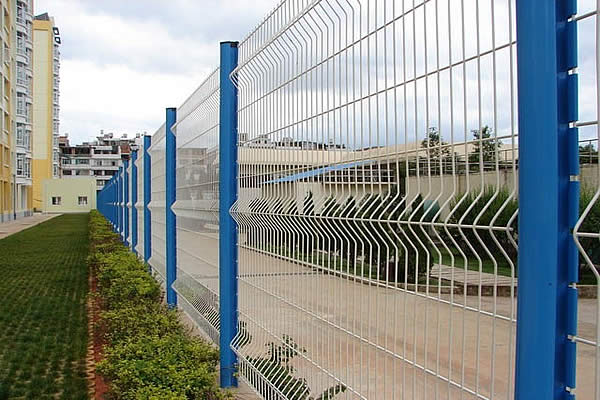 TEL:
+86-13102802206
TEL:
+86-13102802206
 Email:
fencenetting@china.com
Email:
fencenetting@china.com
 Language
Language
 TEL:
+86-13102802206
TEL:
+86-13102802206
 Email:
fencenetting@china.com
Email:
fencenetting@china.com
 Language
Language


The Benefits of Stainless Steel Antenna Wire
In the realm of telecommunications and radio frequency applications, the choice of materials plays a crucial role in the effectiveness and durability of antennas. Among the various materials available, stainless steel antenna wire has emerged as a popular choice for both hobbyists and professionals alike. Its unique properties and advantages make it an excellent option for crafting antennas that exhibit superior performance and longevity.
One of the primary benefits of stainless steel antenna wire is its exceptional resistance to corrosion. Unlike other metals, such as copper or aluminum, stainless steel contains chromium, which forms a protective layer on the surface of the wire. This layer prevents rust and degradation, even in harsh environmental conditions. Whether exposed to rain, saltwater, or extreme temperatures, stainless steel wire maintains its integrity, ensuring that the antenna continues to function optimally over time. This makes it particularly valuable for outdoor installations where durability is a key concern.
Another significant advantage of stainless steel antenna wire is its strength and rigidity. Stainless steel offers a higher tensile strength compared to other common materials, allowing for the construction of antennas that can withstand physical stress and strain. This characteristic is especially beneficial for large or multi-element antennas, which might be susceptible to bending or breaking under wind pressure or other environmental factors. The added strength ensures that the antenna retains its shape and performance, reducing the need for frequent replacements or repairs.

Moreover, stainless steel's inherent electrical properties contribute positively to antenna performance. While it is generally not as conductive as copper, stainless steel wire can still provide efficient RF transmission, particularly in applications where durability outweighs the need for maximum conductivity. This makes stainless steel a viable option for various antenna types, such as dipoles, verticals, and Yagis, where a balance between strength and performance is required.
In addition to its mechanical and electrical benefits, stainless steel antenna wire is also relatively easy to work with. It can be readily cut, shaped, and soldered, allowing enthusiasts to create custom antenna designs suited to their specific needs. Whether building a simple home station antenna or a complex array for professional use, the versatility of stainless steel wire enables innovation and creativity in antenna design.
Finally, stainless steel antenna wire presents a cost-effective solution in the long run. Although the initial investment may be slightly higher than that of other materials, its durability and resistance to corrosion reduce maintenance costs and the frequency of replacements. This longevity ultimately leads to savings for users, as they can rely on their stainless steel antennas for years without the need for extensive upkeep.
In conclusion, stainless steel antenna wire offers numerous advantages for antenna construction, including excellent corrosion resistance, high strength, reliable RF performance, ease of working, and cost-effectiveness. These qualities make it a preferred choice for amateur radio operators, engineers, and anyone looking to build a robust, long-lasting antenna system. As technology continues to evolve, the significance of durable materials like stainless steel will only continue to grow, securing its place in the future of antenna design.